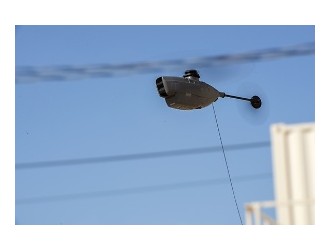
However, only 10 weeks ago protracted negotiations between LM and the F-35 Joint Program Office (JPO) for the ninth Low-Rate Initial Production (LRIP) batch of airframes failed, and the JPO imposed a contract for the 57 aircraft. It is worth approximately $6.1 billion and represents only a 3.7 percent reduction from the LRIP 8 contract signed in December 2014. The price does not include the engines, for which a separate contract was agreed with Pratt & Whitney as long ago as last April. The average unit cost for the LRIP 9 aircraft (42 F-35As plus 13 more costly STOVL F-35Bs and two of the most expensive carrier-capable F-35C versions) will be about $127 million, including engines.
As for the U.S. Navy procurement policy, “the F-35C is a niche capability and a complement, not a replacement, for the F-18,” Capt. Rich Brophy, the service’s head of carrier strike aircraft and programs told The Fighter Conference in London last November, organized by Defence IQ. He said that the Navy plans to eventually field two F-35C and two F-18E/F squadrons in each carrier air wing. To achieve this “desired end state,” part of the Super Hornet fleet would need a service life-extension program (SLEP). At that time Boeing was stripping down an initial two aircraft to discover what actions would be required in the SLEP to achieve a service life of between six and nine thousand hours, Brophy added.
In addition to the U.S. Air Force, Navy and Marines, the F-35 program is supported by the following eight partner nations: Australia, Canada, Denmark, Italy, the Netherlands, Norway, Turkey and the UK. Additionally, Israel, Japan and South Korea are foreign military sale customers for the fifth-generation fighter.





